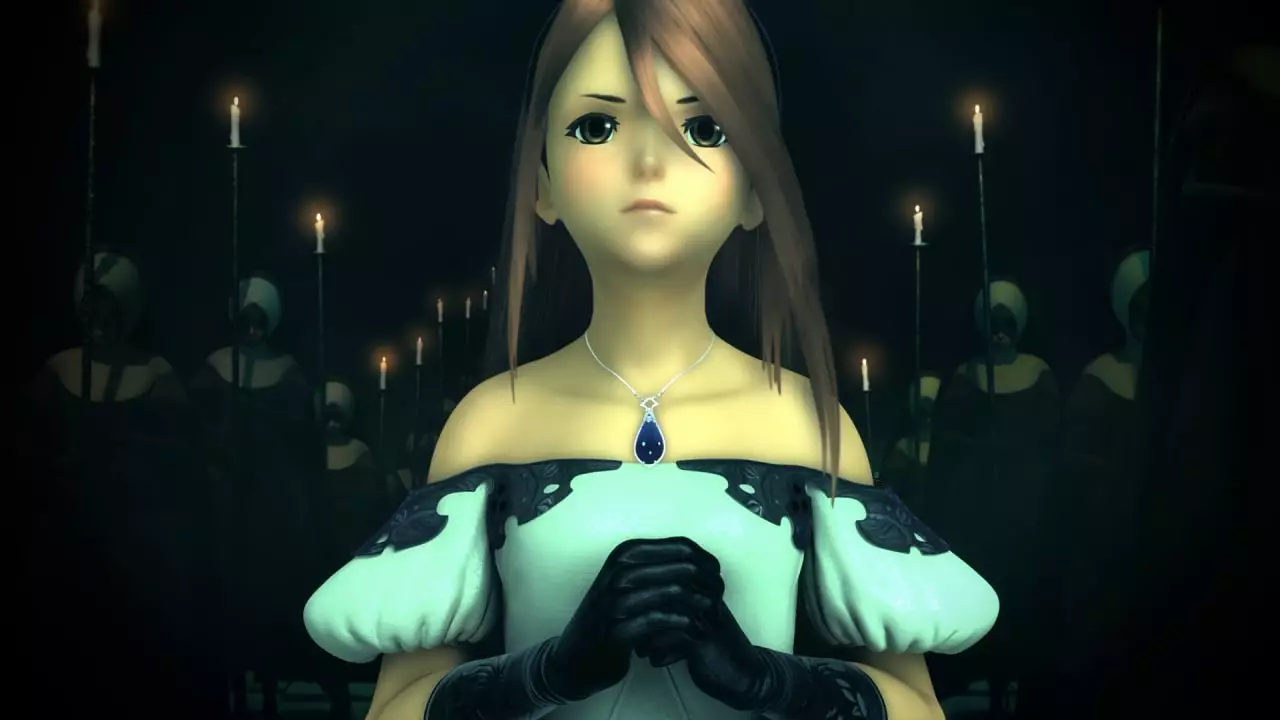As the launch date for the Bravely Default: Flying Fairy HD Remaster approaches, excitement amongst fans of the franchise is palpable. Initially released on the 3DS, this title has carved out a dedicated fanbase. The upcoming remaster introduces several enhancements and features, yet it has not come without confusion and debate among the gaming community. Amidst the barrage of hype, one aspect that has overshadowed the excitement is the uncertainty surrounding the encounter rate settings—a core element that greatly impacts gameplay.
Understanding Encounter Rate Concerns
The recent concerns stemmed from a Square Enix blog that specified encounter rate settings available in the remaster. For many players, the notion of limiting random encounters was a defining quality of the original Western release. Offering the freedom to toggle the encounter rate down to 0% not only made the gameplay more accessible but also allowed for a greater appreciation of the narrative and exploration without the frequent interruptions of combat.
Originally, it was reported that the remaster would restrict encounter adjustments to 50% intervals, raising alarms about the potential loss of this beloved feature. Many gamers echoed their frustrations, fearing that a pivotal element of customization was being sidelined in favor of a more rigid, traditional RPG experience.
Restoration of Hope
Fortunately, a ray of hope shone through the uncertainty at PAX East, where Square Enix representatives clarified that players would indeed be able to set random encounters to 0%. However, this functionality appeared to be unlocked later in the game rather than being a default option accessible from the outset. This distinction highlights the developers’ intention to blend nostalgia with innovation, catering to both die-hard fans and newcomers alike.
This approach may have merit. By introducing the encounter toggle later in the game, Square Enix could be encouraging players to engage with the game’s combat system and mechanics more thoroughly before offering them the liberty to bypass battles. Such design choices can deepen player engagement, ensuring they grasp the essence of what makes Bravely Default enjoyable—a delicate balance between strategy and customization.
A Deeper Dive into Content Changes
The remaster is not merely a visual upgrade; it promises new content, notably two new mini-games designed to enrich the overall experience. These additions suggest that Square Enix understands the importance of evolving gameplay experiences while still honoring the beloved elements of the original. This dedication to expanding the universe without completely dismantling what fans hold dear is laudable.
Nevertheless, this contrast between accessibility and engagement raises questions about the broader implications of game design. Should developers prioritize immediate player comfort or encourage deeper exploration and mastery of game mechanics? The thought of introducing new challenges, such as those offered through mini-games, can widen the audience but might risk alienating those who prefer the original game’s pacing and style.
Memory Lane vs. Innovation
Moreover, the remaster’s dependency on the original Japanese version, which lacked the encounter rate modifications present in the Western release, invites scrutiny on localization choices. Many industries face similar struggles when adapting content for diverse markets; nonetheless, decisions about which elements to retain or adapt can heavily influence reception.
Critics might argue that if certain quality-of-life features have remained from original adaptations, such as speed-up buttons and gameplay tweaks, then why omit others like the encounter setting? The franchise must strike a balance between nostalgia and modern expectations. As gaming evolves, the line between retaining classic elements and incorporating innovative changes becomes blurry.
While the reveal of the encounter rate toggle should quell some dissent, the path taken to this confirmation remains uncertain. It is paramount that Square Enix continues to engage with its fanbase, ensuring their feedback not only shapes the current remaster but also future releases in the series.
The Future of Bravely Default
As anticipation builds for the HD Remaster, the gaming community stands at a crossroads between hope and skepticism. With new information emerging and features seemingly in flux, the future of Bravely Default lies in the hands of its creators and the engagement of its passionate players. It is not just about the graphics or speed of combat anymore; it is about how these elements synthesize to bring both veterans and new players to the charming world of Luxendarc. As we prepare to dive back into this fantasy realm, the hope for an enriching experience persists amidst the varying opinions of what the game should be.

